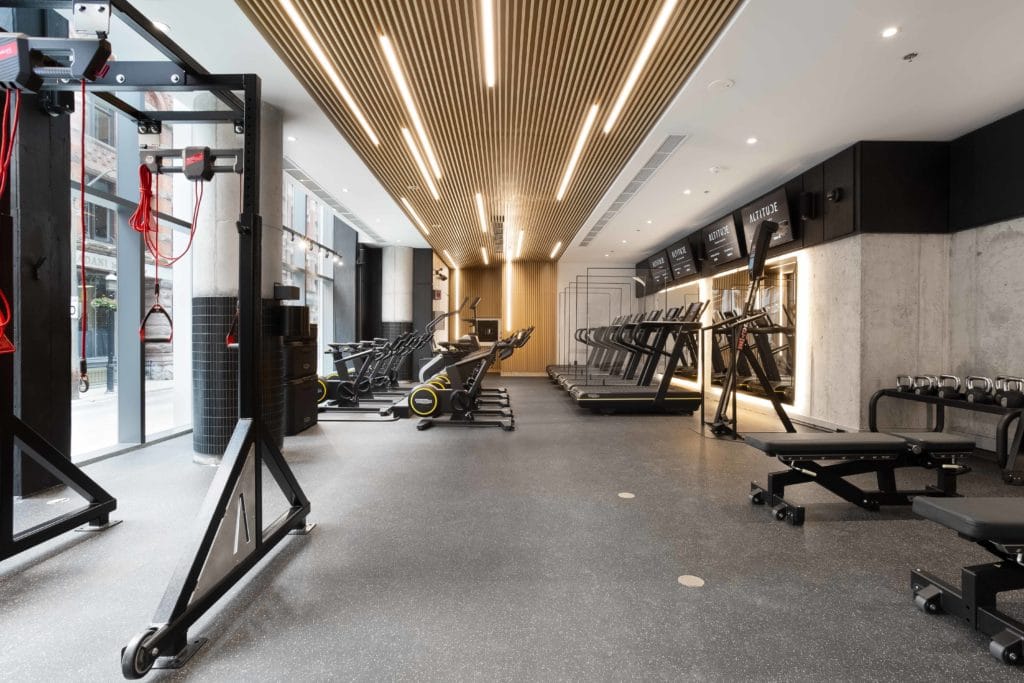The Benefits of Intermittent Hypoxic Training for Mining Professionals
In the demanding world of mining, where physical exertion, challenging environments, and high altitudes are part of the job description, finding effective ways to enhance performance and well-being is crucial. One innovative approach gaining attention for its potential benefits is Intermittent Hypoxic Training (IHT). Let’s explore how this training method could be a game-changer for mining professionals.
1. Improved Oxygen Utilization:
Mining often takes place in environments with reduced oxygen levels, presenting a challenge for the body. IHT has the potential to enhance the body’s ability to utilize oxygen efficiently, reducing the impact of lower oxygen levels commonly encountered in mining areas.
2. Enhanced Endurance and Fatigue Resistance:
Mining is physically demanding, requiring individuals to perform strenuous tasks over extended periods. IHT has been shown to improve endurance and reduce fatigue, offering mining professionals the stamina needed to tackle long shifts and demanding work conditions.

3. Increased Altitude Tolerance:
As miners and mining professionals on site visits navigate varying altitudes, adapting to changes in oxygen availability is crucial. IHT aids the body in acclimating to lower oxygen levels, potentially reducing the risk of altitude-related illnesses and ensuring miners can operate effectively at different elevations.
4. Cardiovascular Health Benefits:
A strong cardiovascular system is essential for the physical demands of mining. IHT has been linked to improvements such as increased capillary density, enhanced blood flow, and improved cardiac function, contributing to overall cardiovascular health.
5. Optimized Physical Performance:
Mining operations require peak physical performance. IHT promotes physiological adaptations like increased mitochondrial density and improved oxygen transport, allowing miners to achieve better performance during physically demanding tasks.
6. Efficient Use of Resources:
Efficiency is key in mining operations. One of the benefits of intermittent hypoxic training for mining professionals, is that it enables individuals to achieve similar training adaptations with less volume and intensity. This means that miners can maximize their training benefits while optimizing time and resources spent on physical conditioning.

7. Reduced Injury Risk:
Improved strength, endurance, and overall physical fitness resulting from IHT may contribute to a lower risk of injuries among miners. Stronger, more resilient individuals are better equipped to handle the physical challenges associated with mining work.
8. Employee Well-being and Morale:
Prioritizing the well-being of mining personnel is not just about productivity—it’s about creating a positive work environment. Incorporating IHT into employee wellness programs demonstrates a commitment to the health and satisfaction of mining professionals, potentially boosting morale.
Our coaches at Altitude Athletic Training are experts in reduced-oxygen training and how it can benefit you as a mining professional. Schedule a time to meet with one of our coaches and learn about the benefits for you:

